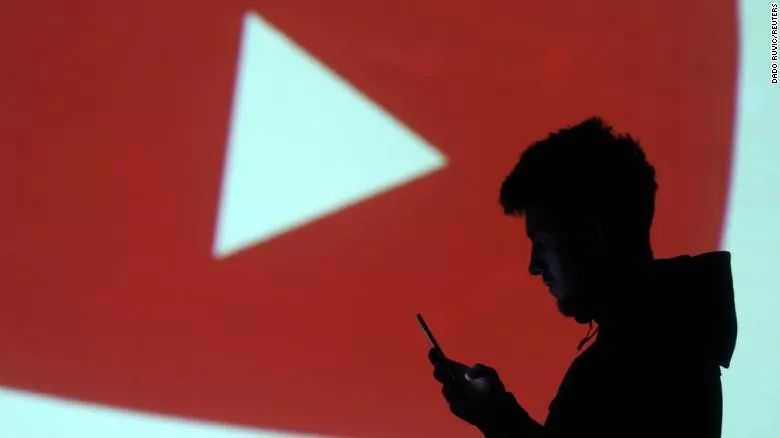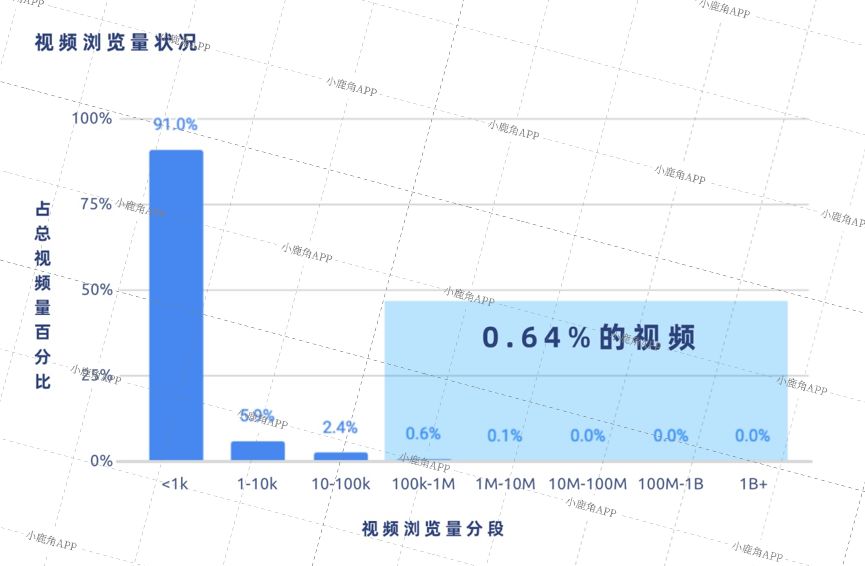How does music combine better with vision, creating an interactive effect between the video platform and the user? This is of great significance to the entire music industry.
Editor’s note: This article is from WeChat public account “Music Finance” (ID: musicbusiness ), the author of the Little Antlers College.
Remember the winter of December 2004?
After nearly six months before the official launch of YouTube, Gary Brolsma, a 19-year-old boy from New Jersey, USA, recorded a pair of oral music videos “Love under the Banyan Tree” (more commonly known as “Numa Numa” ), and then the whole world.
This song from Romania is recognized as the first viral video on the Internet. Although it has never been on the music charts, it does not prevent it from becoming a common memory of Internet users shaping the carnival culture.
As YouTube users grow in size, more and more viral music videos are produced on this platform, making it one of the most indispensable places in the global pop culture industry.
In the late summer of 2012, the post-90s generation personally witnessed how a video called “Gangnam Style” constantly refreshed data records in just 24 hours, which exploded globally. This originally seemingly ridiculous Korean MV, the bird’s miraculous horse-riding dance in the picture can also set off a mimicry in China.
Interestingly, like Romania’s “Numa Numa”, the Korean “Gangnam Style” from Asia has also broken through language barriers, and has become a sweeping global pop with magical brainwashing and exaggerated dance movements. A phenomenon-level single for the industry.
After that, with the YouTube platform, more and more viral music videos have been transmitted around the world. Later, the “Little Apple” of the chopsticks brothers also caused a mimicking video on YouTube. In 2017, YouTube’s hottest Spanish brainwashing “Despacito”, until 2019, still has video works from all over the world. Like other YouTube Divine Comedy, this Spanish language also breaks through the language barrier, the melody is full of magic, dance Enthusiastic, chorus is extremely brainwashing.
Now, music videos are becoming YouTube’s largest traffic pool.
Is it hard to imagine?
The possibility of becoming a YouTube Red Man outside of the music category is much harder than you think.
Pex, a data company known as “the most advanced video and music analysis platform on the Internet,” recently released a report that further confirms the appeal of music videos.
The data released by the company shows that the number of videos viewed over 100,000 times on the YouTube platform accounted for only 0.64% of all videos on the platform. The 0.64% of the videos accounted for only 81.6% of the total YouTube browsers. To put it another way, all videos uploaded to the YouTube platform, 99.36% of the video co-views are less than one-fifth of the total page views.
So, is there a black hole in the platform?
△ Data source Pex, organized by Little Antlers Academy
As early as 2015, Google’s parent company, Google, announced that videos with a total length of more than 400 hours per minute were uploaded to the platform. There is no doubt that the number of videos uploaded from UGC is still rising. But what is the use?
As suggested by Pex CEO Rasty Turek: “If YouTube can remove this 99.63% of underperforming videos, the platform will save a staggering amount of money and still retain most of the revenue.”
Does this proposal completely ignore the role of the long tail market video on the platform? But in any case, Pex has repeatedly emphasized the comprehensiveness and independence of the data.
Turek said: “Pex is a search engine that is essentially the same as Google. We choose an indexing platform that extracts audio and video content, tags them, and then searches through them. In addition, we regularly collect and update relevant Metadata. We don’t have a direct relationship with any platform. We can’t see private and unlisted content, and we don’t know anything about content consumers.”
△ data from Pex, organized by Little Deer College
Pex said that their database covers all public content on the YouTube platform, and its database is also analyzed on other large UGC platforms.
According to Pex’s published data, the vast majority of more than 1 billion pageviews on YouTube are music-like videos, which means that music-like videos are the only ones on the platform that are constantly attracting Billion users repeat the category of viewing.
In addition, although game-like videos are the fastest growing video category for YouTube, music videos are still the most profitable.
Interestingly, music videos tend to be the longest, but the average pageview for a single video is the highest. According to Pex data, in music videos, the average number of views per video is 16,397, the average length of each video is 6.8 minutes, and the average number of video content per minute is 2411.
The second most popular is the entertainment video. The average number of views per video is 13,431, and the average length of each video is 12.9 minutes. The average number of video content per minute is 1041.
Music videos actually account for only 5% of all content on YouTube, but in 2018, music videos accounted for 20% of total pageviews on the platform.
Turek said: “Music and entertainment are the only two categories that are disproportionately delivering a high return on investment (investment costs = hosting and distribution costs; returns = number of views).”
Imagine a scene. If you delete 95% of non-music videos on YouTube, can it become a global popular culture platform?
While Spotify is anxious, it seems that the unique experience that is brought to the user in the sense of hearing is decreasing. The deep interaction of music and video, in turn, subverts the supporting role of music videos in the MV era.
As with the variety of “Obama rap” on YouTube, live Obama is good at rap, but his reason for becoming a YouTube music network is due to user contributions. With video and music material, users have edited one music video that is funny and easy to trigger.
It can be said that if a music idol wants to create a pop music culture trend, it must consider how to mobilize users and “play” your music videos. This wave is almost identical to the logic behind Tik Tok’s global wave.
Of course, the YouTube data provided by the company is only a reference for consumer entertainment content consumption, but it deserves our deep thought.
How does music combine better with vision, creating an interactive effect between the video platform and the user? This is for the wholeFor the music industry, it is of great significance.


